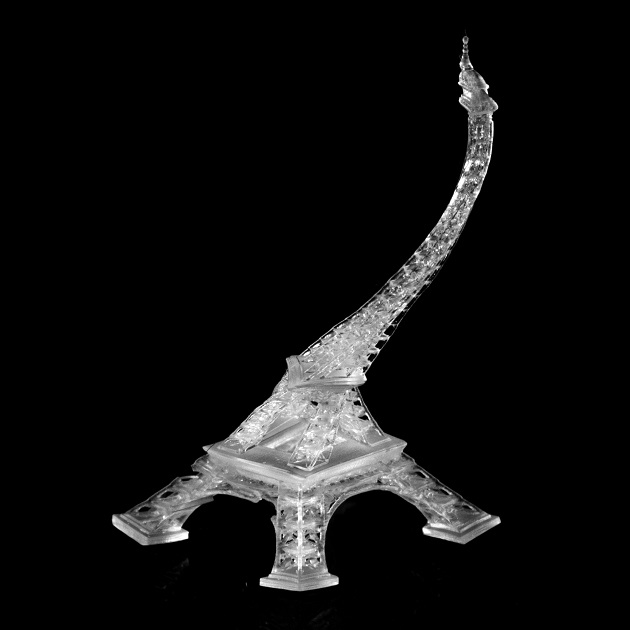The speed of light travels faster through air, space and beats the speed of sound. The speed of light is now being used in 3D printing. The engineers from Northwestern University have developed a new technique that utilizes light to increase 3D printing precision and speed. It also provides the freedom to move, rotate or dilate each layer of a high precision robot arm.
The most common 3D printing process relies on duplicating a digital design model that is printed into layers of the layers and assembled upwards like a block. The university’s method proposes the ability to manipulate the original design layer by layer and turn the printing direction without the creation of the model again. This “on-the-fly” trait will help in printing more complicated structures and improve its manufacturing flexibility.
The Northwestern university uses a robotic arm and a liquid photopolymer that is triggered by light. Advanced 3D structures are obtained from a bath of liquid resin by a high precision robot with increased geometry complexity, quality and efficiency in contrast with the traditional printing process. The arm is finally used to change the direction of printing dynamically.
Looking towards the future, this printing process could be applied to other additives as well as traditional subtractive manufacturing processes, providing a bridge toward a truly hybrid process.









